Home>Furniture & Design>Bathroom Accessories>How To Clean Non-Slip Floors
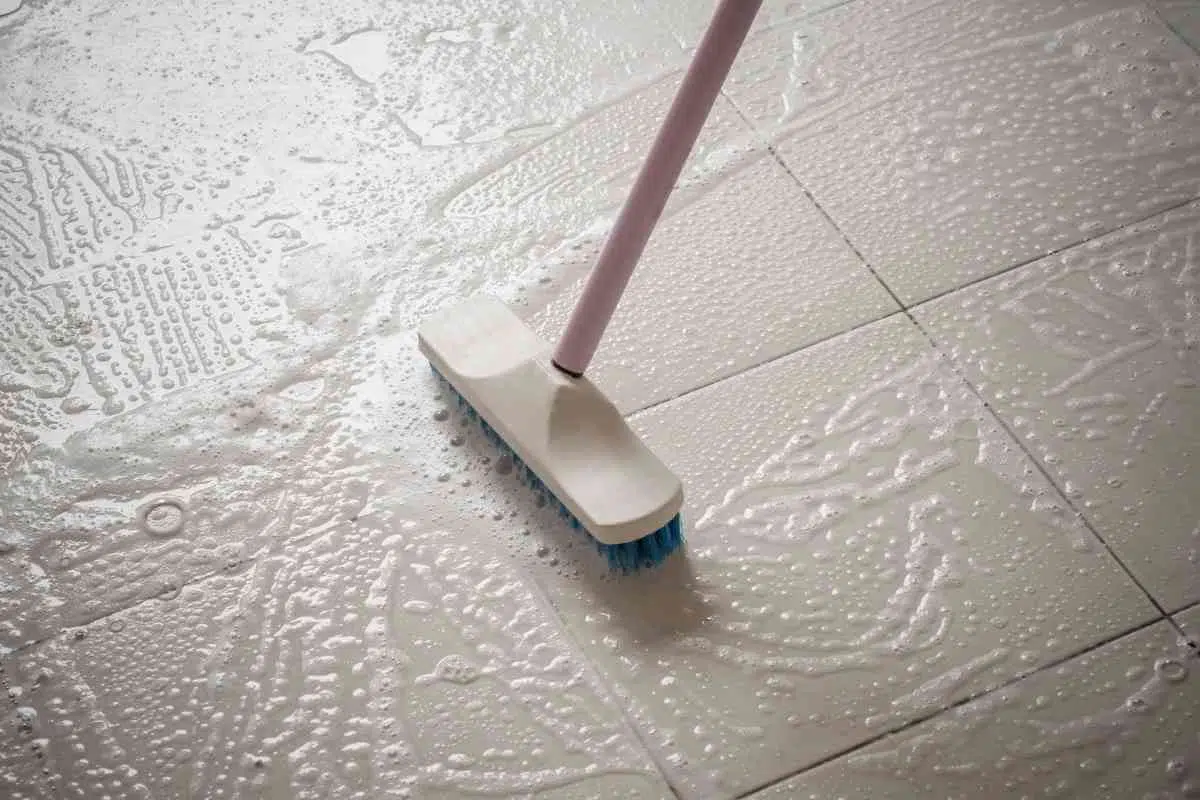

Bathroom Accessories
How To Clean Non-Slip Floors
Modified: March 24, 2024
Learn how to effectively clean non-slip floors in your bathroom with the right bathroom accessories. Keep your floors safe and spotless with our expert tips.
(Many of the links in this article redirect to a specific reviewed product. Your purchase of these products through affiliate links helps to generate commission for Storables.com, at no extra cost. Learn more)
Introduction
Non-slip floors are a popular choice for bathrooms, kitchens, and other areas where water and moisture are prevalent. These surfaces provide an added layer of safety, reducing the risk of slips and falls, especially in households with children, elderly individuals, or individuals with mobility challenges. While non-slip floors offer valuable protection, they require specific cleaning techniques to maintain their effectiveness and appearance.
Proper maintenance of non-slip floors is essential to ensure their longevity and functionality. This comprehensive guide will walk you through the process of cleaning non-slip floors effectively, providing valuable insights and practical tips to help you keep your floors clean, safe, and visually appealing. Whether you're a homeowner, a facilities manager, or a cleaning professional, mastering the art of cleaning non-slip floors is crucial for maintaining a hygienic and secure environment.
In the following sections, we will delve into the intricacies of non-slip floors, explore the tools and materials needed for cleaning, and outline a step-by-step cleaning process. Additionally, we will discuss essential maintenance tips to preserve the integrity of non-slip floors and prolong their lifespan. By the end of this guide, you will have the knowledge and confidence to tackle the cleaning and maintenance of non-slip floors with ease and efficiency, ensuring a clean and safe environment for all occupants.
Let's embark on this journey to discover the best practices for cleaning and maintaining non-slip floors, empowering you to uphold the safety and aesthetics of these specialized surfaces in your home or commercial space.
Key Takeaways:
- Keep non-slip floors clean with a soft-bristled broom, microfiber mop, and mild detergent. Regular maintenance prevents slips and maintains a safe, stylish environment.
- To maintain non-slip floors, clean regularly, address spills promptly, and avoid harsh chemicals. Gentle scrubbing and regular inspections preserve safety and visual appeal.
Read more: What Is The Best Non-Slip Flooring
Understanding Non-Slip Floors
Non-slip floors, also known as anti-slip or slip-resistant floors, are specially designed surfaces that provide enhanced traction and reduce the risk of slipping, particularly in areas prone to moisture and spills. These floors are commonly found in bathrooms, kitchens, commercial kitchens, and other high-traffic spaces where safety is a top priority.
The effectiveness of non-slip floors is attributed to their unique texture and composition. Unlike traditional smooth surfaces, non-slip floors feature textures, patterns, or coatings that increase friction and grip underfoot. This added traction helps prevent accidental slips and falls, making these floors an essential safety feature in both residential and commercial settings.
Non-slip floors can be constructed from various materials, including ceramic or porcelain tiles, vinyl, rubber, and specialty coatings. Each material offers distinct benefits in terms of durability, maintenance, and aesthetic appeal. For instance, ceramic and porcelain tiles are popular choices for non-slip flooring due to their resilience and water-resistant properties, making them ideal for wet environments.
In addition to their safety benefits, non-slip floors contribute to a visually appealing and modern aesthetic. The textured surfaces can add depth and character to a space, enhancing its overall design while serving a practical purpose. This combination of safety and style makes non-slip floors a versatile and sought-after option for homeowners, businesses, and public facilities.
Understanding the unique characteristics and benefits of non-slip floors is crucial for implementing proper cleaning and maintenance practices. By recognizing the importance of these specialized surfaces in promoting safety and preventing accidents, individuals can prioritize their upkeep and ensure their long-term effectiveness.
As we delve deeper into the cleaning and maintenance of non-slip floors, it is essential to grasp the underlying principles of their design and functionality. With this knowledge, you will be better equipped to preserve the integrity and safety features of non-slip floors, creating a secure and welcoming environment for all occupants.
Tools and Materials Needed
Cleaning non-slip floors effectively requires the use of specific tools and materials to ensure thorough and safe maintenance. By assembling the right equipment, you can streamline the cleaning process and achieve optimal results. Here's a comprehensive list of the essential tools and materials needed to clean non-slip floors:
Tools:
-
Soft-Bristled Broom: A soft-bristled broom is ideal for removing loose debris, dirt, and dust from the surface of non-slip floors without causing damage.
-
Microfiber Mop: A microfiber mop is highly effective for cleaning non-slip floors, as it can trap and lift dirt, grime, and spills without leaving behind residue or streaks.
-
Scrub Brush: A scrub brush with soft or medium bristles is essential for targeting stubborn stains and grime in textured areas of non-slip floors.
-
Squeegee: A squeegee can be used to remove excess water and moisture after cleaning, ensuring the floor dries quickly and preventing water spots.
-
Bucket: A sturdy bucket is necessary for mixing cleaning solutions and holding water for mopping.
Materials:
-
Mild Detergent or Neutral pH Cleaner: Using a mild detergent or neutral pH cleaner is crucial for preserving the integrity of non-slip floors while effectively removing dirt and stains.
-
Vinegar: White vinegar is a natural and eco-friendly alternative for cleaning non-slip floors, offering mild disinfectant properties and the ability to dissolve mineral deposits.
-
Warm Water: Warm water serves as the base for preparing cleaning solutions and mopping non-slip floors, helping to loosen dirt and grime for easier removal.
-
Rubber Gloves: Wearing rubber gloves protects your hands from cleaning solutions and ensures a comfortable and hygienic cleaning experience.
-
Clean, Lint-Free Cloths: Lint-free cloths are essential for drying non-slip floors and wiping up spills without leaving behind lint or fibers.
-
Commercial Non-Slip Floor Cleaner (Optional): For heavily soiled or challenging areas, a commercial non-slip floor cleaner formulated for specific floor materials can provide extra cleaning power.
By gathering these tools and materials, you can prepare yourself for a thorough and efficient cleaning process, ensuring that your non-slip floors remain clean, safe, and visually appealing. With the right equipment at your disposal, you'll be ready to embark on the step-by-step cleaning process and maintain the integrity of your non-slip floors with confidence.
Read more: How To Clean A Non-Slip Bath Mat
Step-by-Step Cleaning Process
-
Clear the Area: Begin by removing any movable objects from the non-slip floor, such as bath mats, trash cans, and other items. This step ensures unobstructed access to the entire floor surface, allowing for thorough cleaning.
-
Dry Debris Removal: Use a soft-bristled broom to sweep the floor and remove loose debris, dirt, and dust. Pay close attention to textured areas where dirt and grime may accumulate, ensuring that the surface is free of any visible particles.
-
Prepare the Cleaning Solution: In a bucket, mix a mild detergent or neutral pH cleaner with warm water according to the manufacturer's instructions. Alternatively, you can create a natural cleaning solution by combining white vinegar with water in a 1:1 ratio for a gentle yet effective cleanser.
-
Spot Treat Stains: If there are specific stains or heavily soiled areas on the non-slip floor, use a scrub brush and the prepared cleaning solution to spot treat these areas. Gently scrub the stains to loosen and lift the dirt, allowing the cleaning solution to penetrate the textured surface.
-
Mop the Floor: Dip a microfiber mop into the cleaning solution and wring out any excess liquid. Begin mopping the non-slip floor, working in small sections to ensure thorough coverage. Use overlapping strokes to prevent missing any areas, and pay extra attention to textured or recessed portions of the floor.
-
Rinse with Clean Water: After mopping, rinse the floor by mopping it again with clean water. This step helps remove any residual cleaning solution and ensures a residue-free finish. Alternatively, you can use a squeegee to remove excess water and speed up the drying process.
-
Dry the Floor: Use clean, lint-free cloths or a dry microfiber mop to dry the non-slip floor thoroughly. Pay attention to corners and edges where water may accumulate, ensuring that the entire surface is dry to prevent water spots and streaks.
-
Optional: Use Commercial Non-Slip Floor Cleaner: If the floor requires additional cleaning or if stubborn stains persist, consider using a commercial non-slip floor cleaner specifically formulated for the type of flooring material. Follow the manufacturer's instructions for application and rinsing.
By following this step-by-step cleaning process, you can maintain the cleanliness and safety of non-slip floors, preserving their traction and visual appeal. Regular cleaning and proper maintenance will contribute to the longevity of non-slip floors, ensuring that they continue to provide a secure and hygienic surface for your home or commercial space.
Use a mixture of warm water and mild detergent to clean non-slip floors. Avoid using harsh chemicals or abrasive tools that can damage the non-slip surface. Dry the floor thoroughly to prevent any slippery residue.
Maintenance Tips
Maintaining non-slip floors is essential for upholding their safety features and preserving their aesthetic appeal over time. By implementing proactive maintenance strategies, you can prolong the lifespan of non-slip floors and ensure their continued effectiveness in preventing slips and falls. Here are valuable maintenance tips to keep your non-slip floors in optimal condition:
-
Regular Cleaning Schedule: Establish a regular cleaning schedule to prevent dirt, grime, and residue from accumulating on non-slip floors. Consistent maintenance will minimize the risk of stains and maintain the traction of the floor surface.
-
Prompt Spill Cleanup: Address spills and splashes promptly to prevent moisture from seeping into the textured areas of non-slip floors. Prompt cleanup reduces the likelihood of staining and helps maintain the floor's slip-resistant properties.
-
Avoid Harsh Chemicals: When cleaning non-slip floors, avoid using harsh chemicals, abrasive cleaners, or products containing wax or oil. These substances can compromise the texture and traction of the floor, diminishing its non-slip capabilities.
-
Gentle Scrubbing: When spot treating stains or stubborn dirt, use a gentle scrubbing motion with a soft-bristled brush to avoid damaging the textured surface of the floor. Vigorous scrubbing or abrasive tools can wear down the non-slip features over time.
-
Regular Inspections: Periodically inspect non-slip floors for signs of wear, damage, or deterioration. Look for areas where the texture may be compromised or where the floor surface has become uneven, addressing any issues promptly to maintain safety.
-
Avoid Standing Water: Prevent standing water on non-slip floors by promptly drying wet areas and using mats or rugs near sinks, showers, and entryways to absorb excess moisture. Standing water can diminish the effectiveness of non-slip surfaces and lead to water damage.
-
Reapply Sealant (if applicable): If your non-slip floors have a sealant or protective coating, monitor its condition and reapply it as recommended by the manufacturer. Proper sealing helps maintain the integrity of the floor and enhances its resistance to stains and moisture.
-
Regular Maintenance of Grout (for tiled floors): If your non-slip floors are tiled, pay attention to the condition of the grout between tiles. Regularly clean and maintain the grout to prevent mold, mildew, and discoloration, ensuring a clean and hygienic surface.
By incorporating these maintenance tips into your cleaning routine, you can safeguard the functionality and appearance of non-slip floors, promoting a safe and inviting environment for occupants. Consistent care and attention will contribute to the long-term performance of non-slip floors, allowing you to enjoy their benefits for years to come.
Conclusion
In conclusion, maintaining non-slip floors is a critical aspect of ensuring safety, hygiene, and visual appeal in residential and commercial spaces. The unique design and functionality of non-slip floors make them indispensable for preventing slips and falls, especially in areas prone to moisture and spills. By understanding the specific requirements of non-slip floor care and implementing the appropriate cleaning techniques, individuals can uphold the integrity and effectiveness of these specialized surfaces.
The comprehensive cleaning process outlined in this guide provides a systematic approach to removing dirt, grime, and stains from non-slip floors while preserving their slip-resistant properties. From dry debris removal to spot treating stains and thorough mopping, each step contributes to maintaining a clean, safe, and visually appealing floor surface. Additionally, the recommended maintenance tips offer proactive strategies for prolonging the lifespan of non-slip floors and addressing potential wear and tear.
By adhering to a regular cleaning schedule, promptly addressing spills, and avoiding harsh chemicals, individuals can ensure that non-slip floors remain in optimal condition. The emphasis on gentle scrubbing, regular inspections, and proper moisture management further reinforces the importance of proactive maintenance in preserving the safety and functionality of non-slip floors.
Ultimately, the successful maintenance of non-slip floors hinges on a combination of effective cleaning practices and proactive maintenance strategies. By integrating these principles into their cleaning routines, homeowners, facilities managers, and cleaning professionals can create a secure and inviting environment for occupants while prolonging the lifespan of non-slip floors.
In essence, the knowledge and techniques shared in this guide empower individuals to take proactive measures in caring for non-slip floors, contributing to the overall safety and cleanliness of their living or working spaces. By prioritizing the maintenance of non-slip floors, individuals can enjoy the peace of mind that comes with a secure and visually appealing environment, free from the hazards of slippery surfaces.
As we conclude this guide, it is our hope that the insights and practical tips provided will serve as a valuable resource for anyone seeking to maintain non-slip floors effectively. By embracing the best practices outlined in this guide, individuals can uphold the safety and functionality of non-slip floors, creating a welcoming and secure environment for all occupants.
Frequently Asked Questions about How To Clean Non-Slip Floors
Was this page helpful?
At Storables.com, we guarantee accurate and reliable information. Our content, validated by Expert Board Contributors, is crafted following stringent Editorial Policies. We're committed to providing you with well-researched, expert-backed insights for all your informational needs.
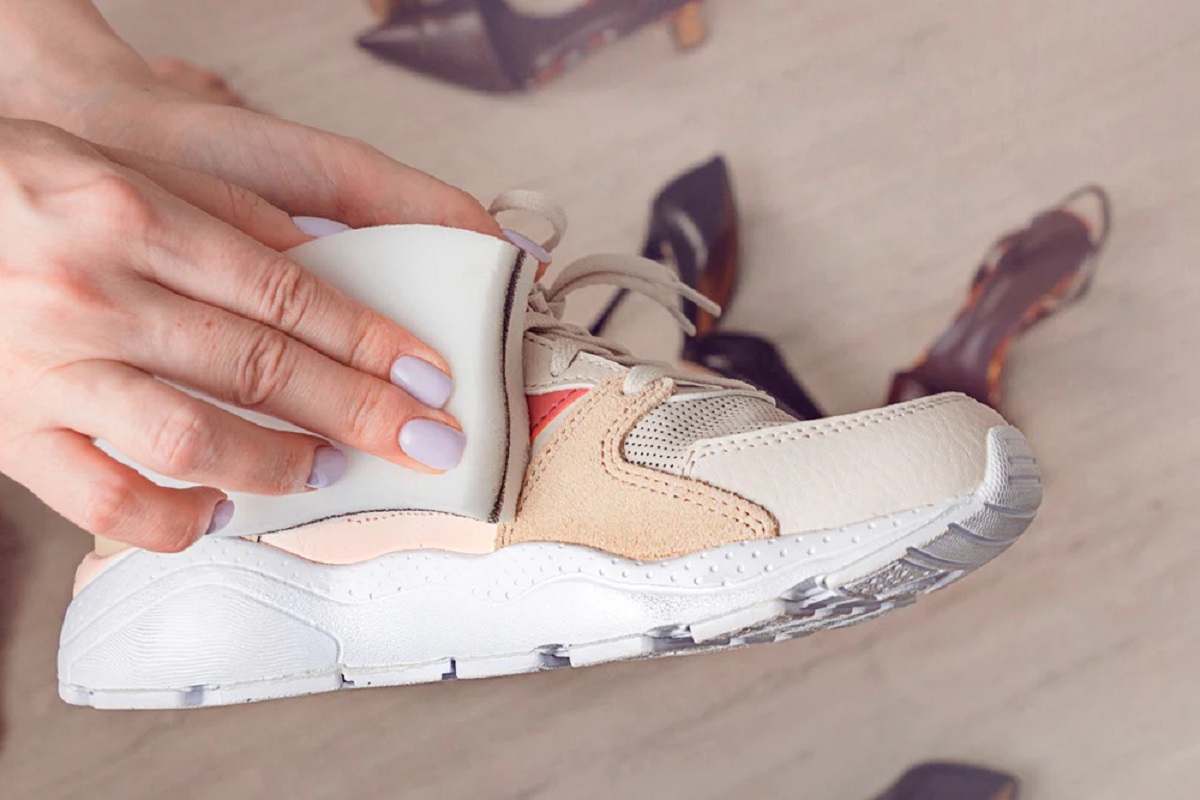
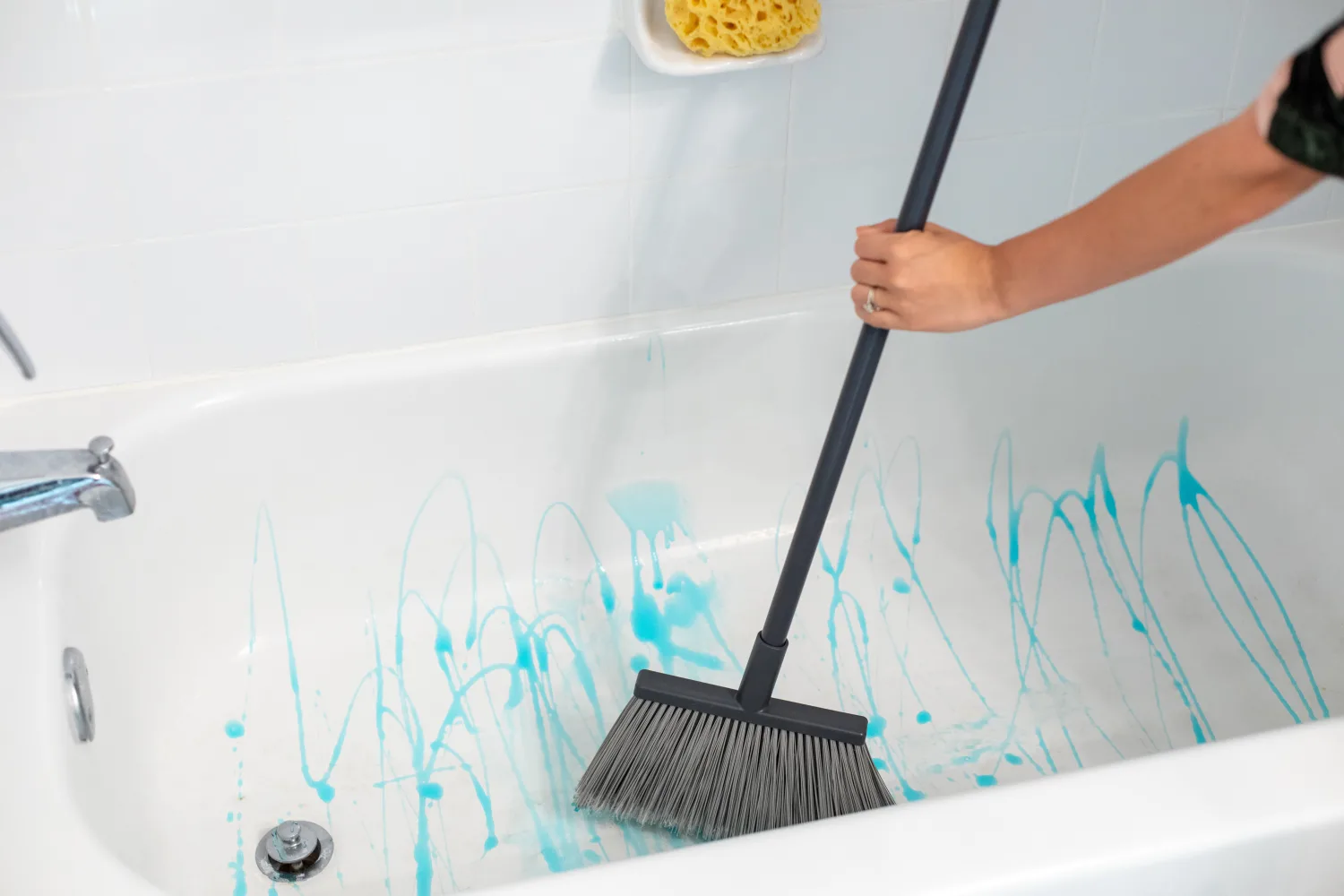
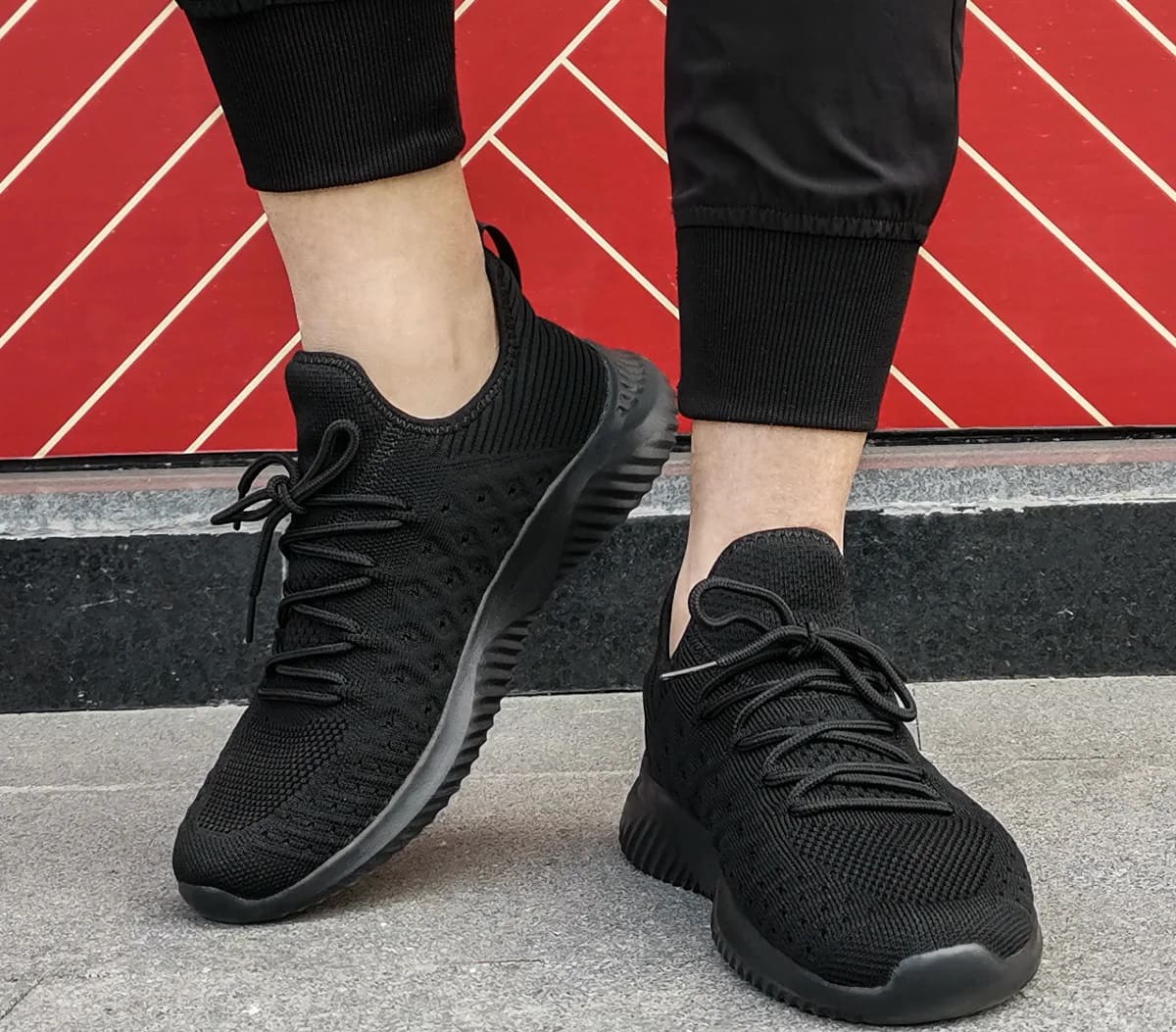
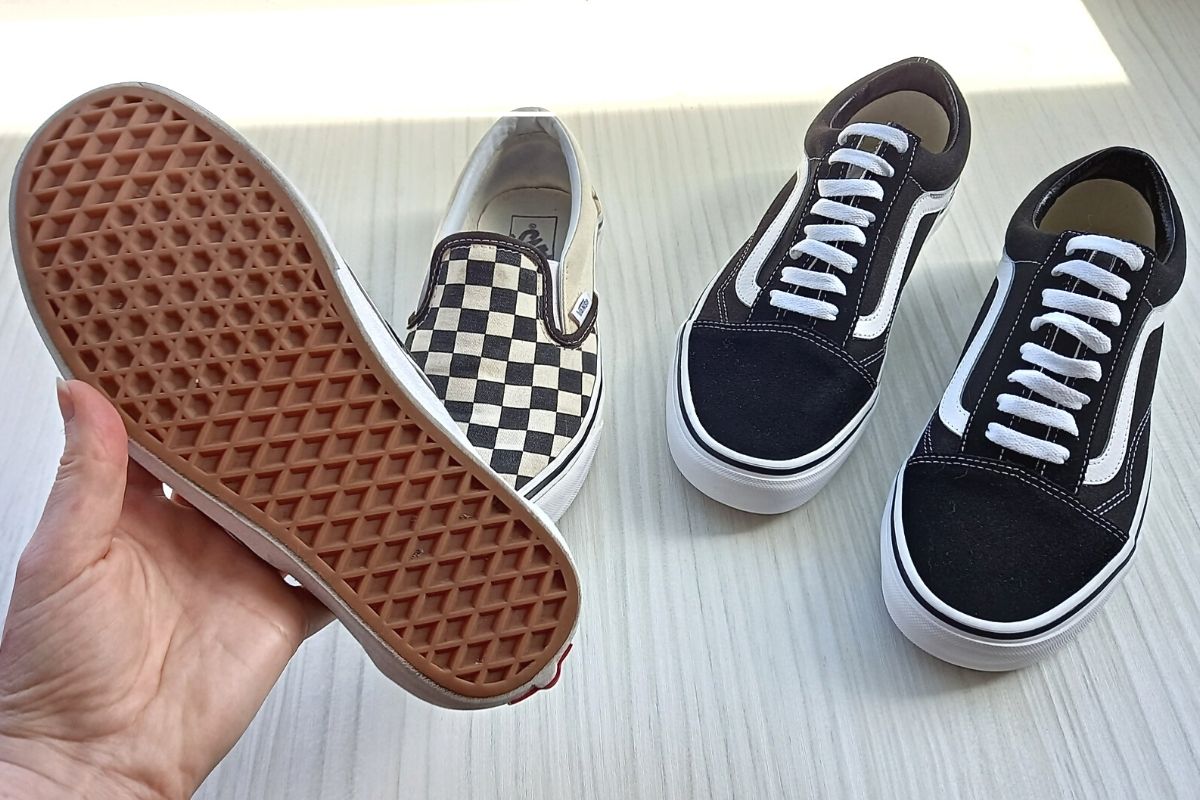
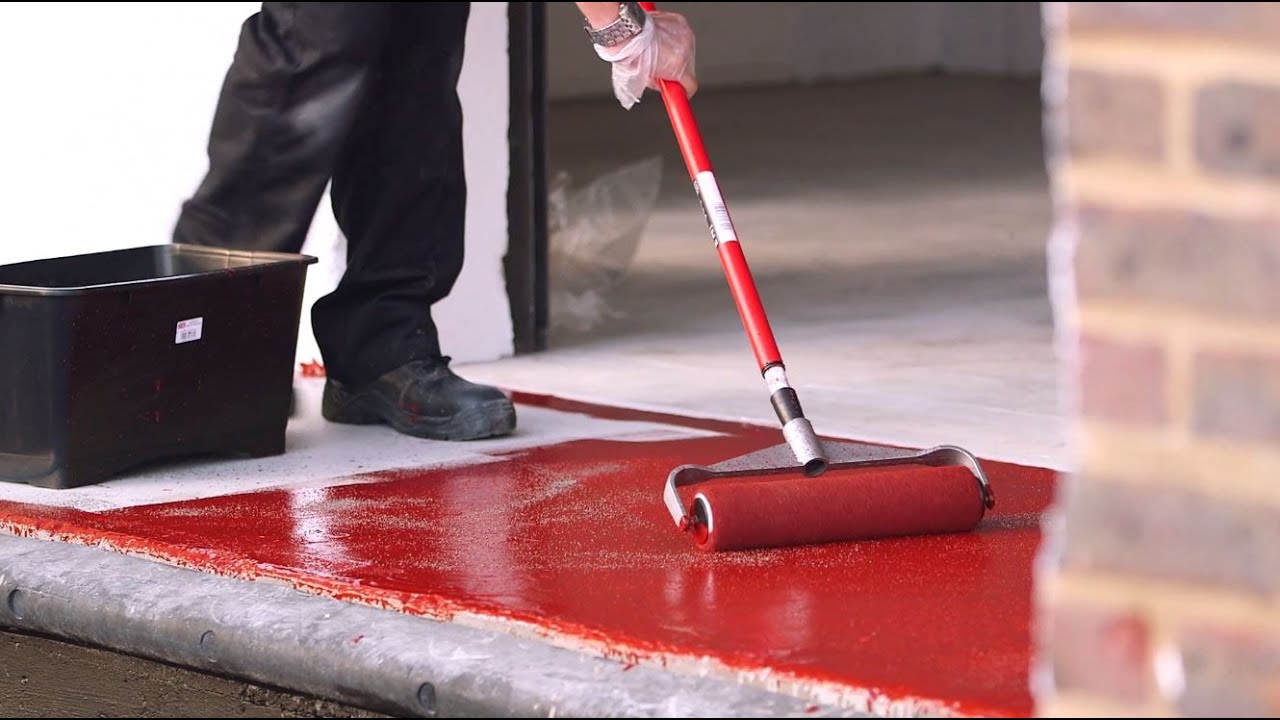
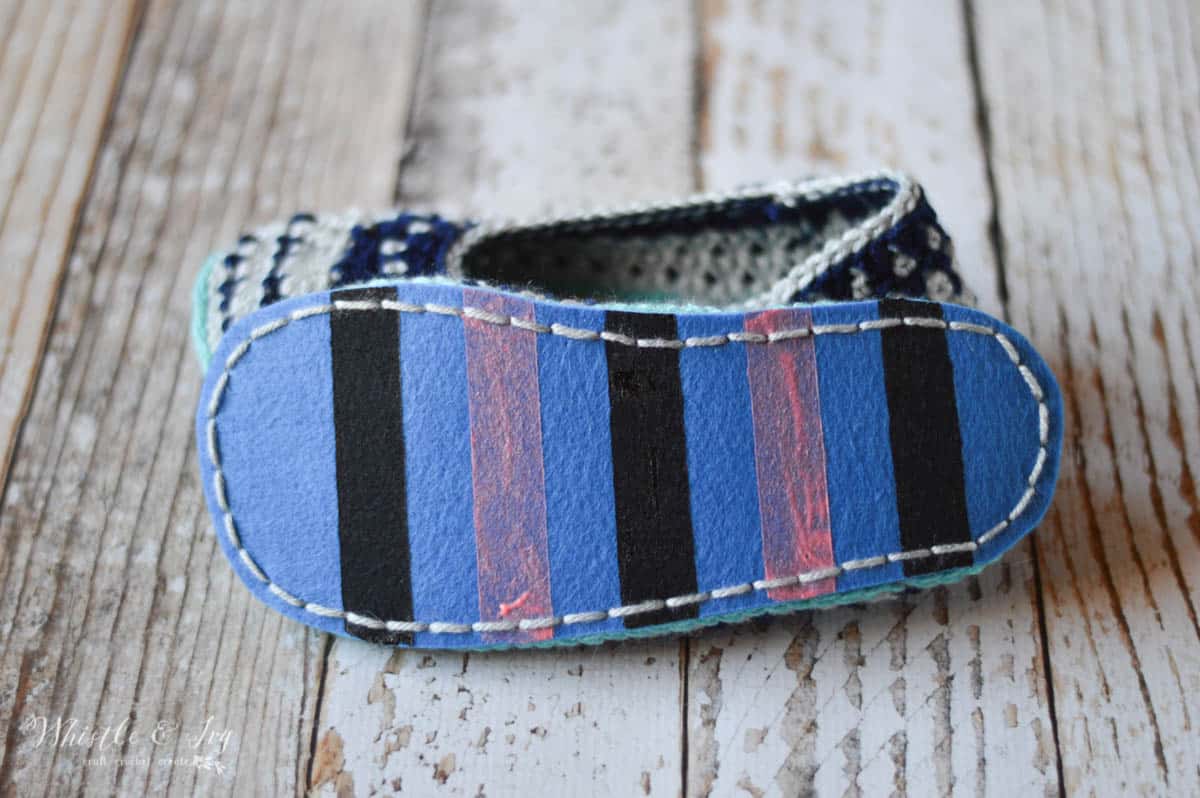
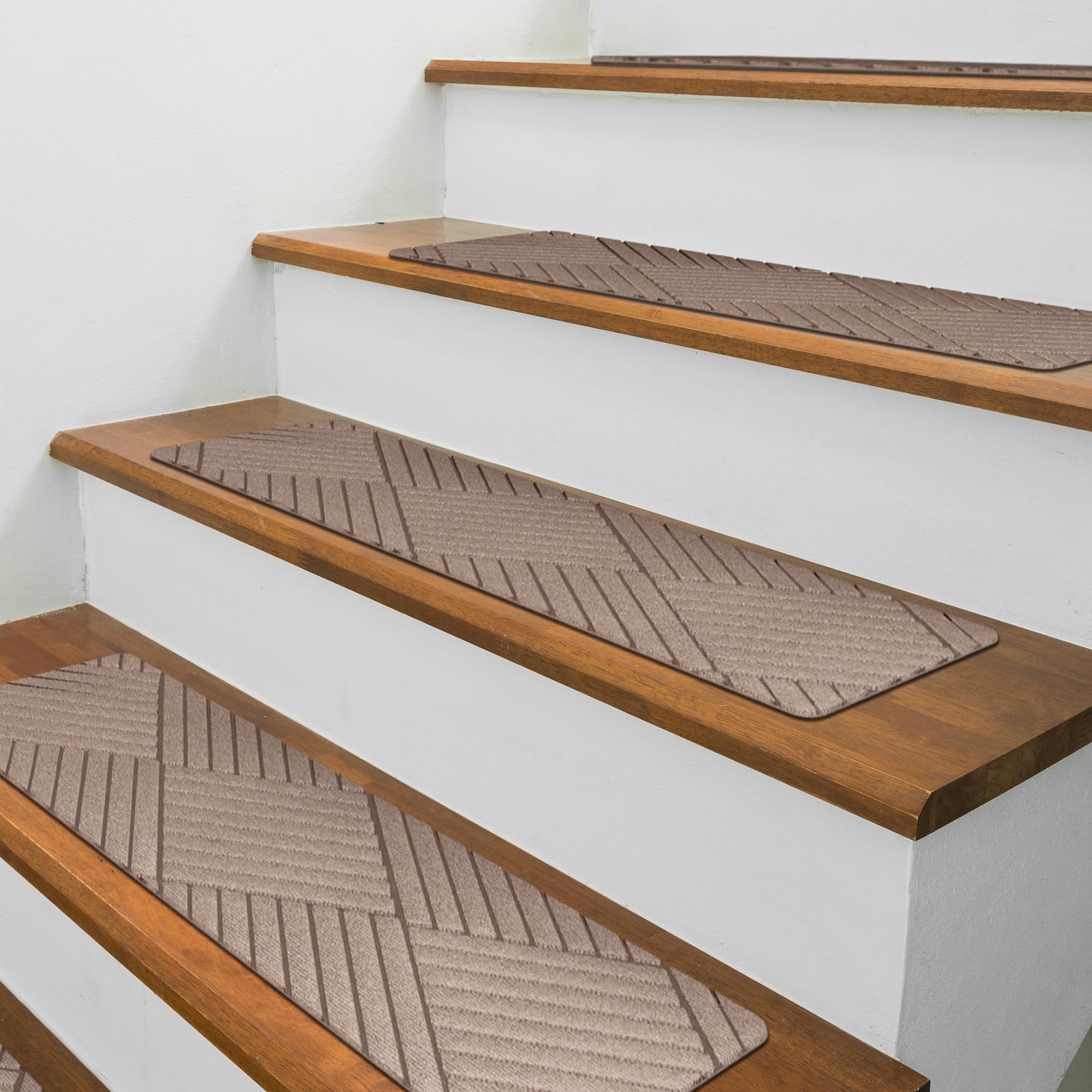
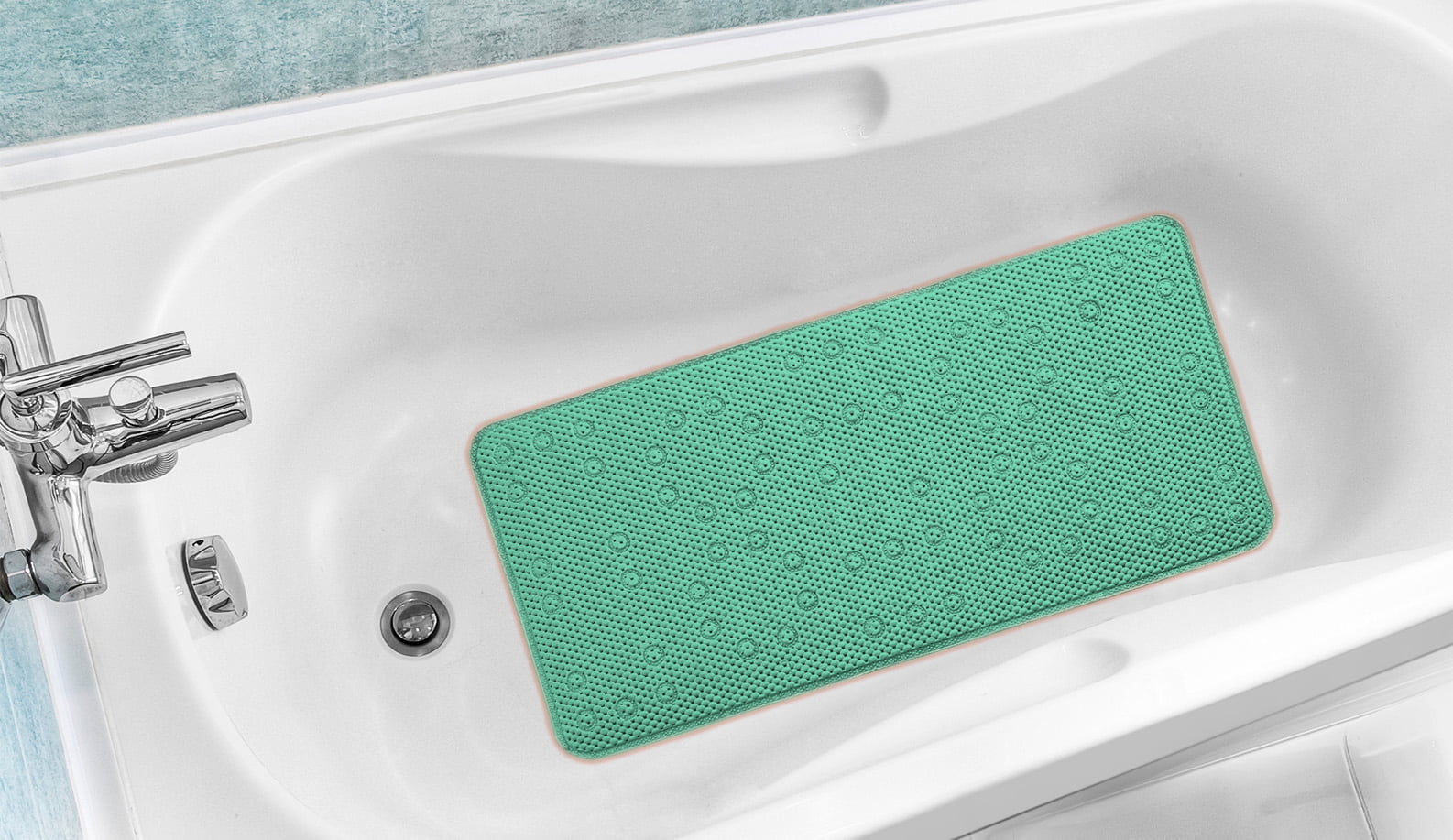
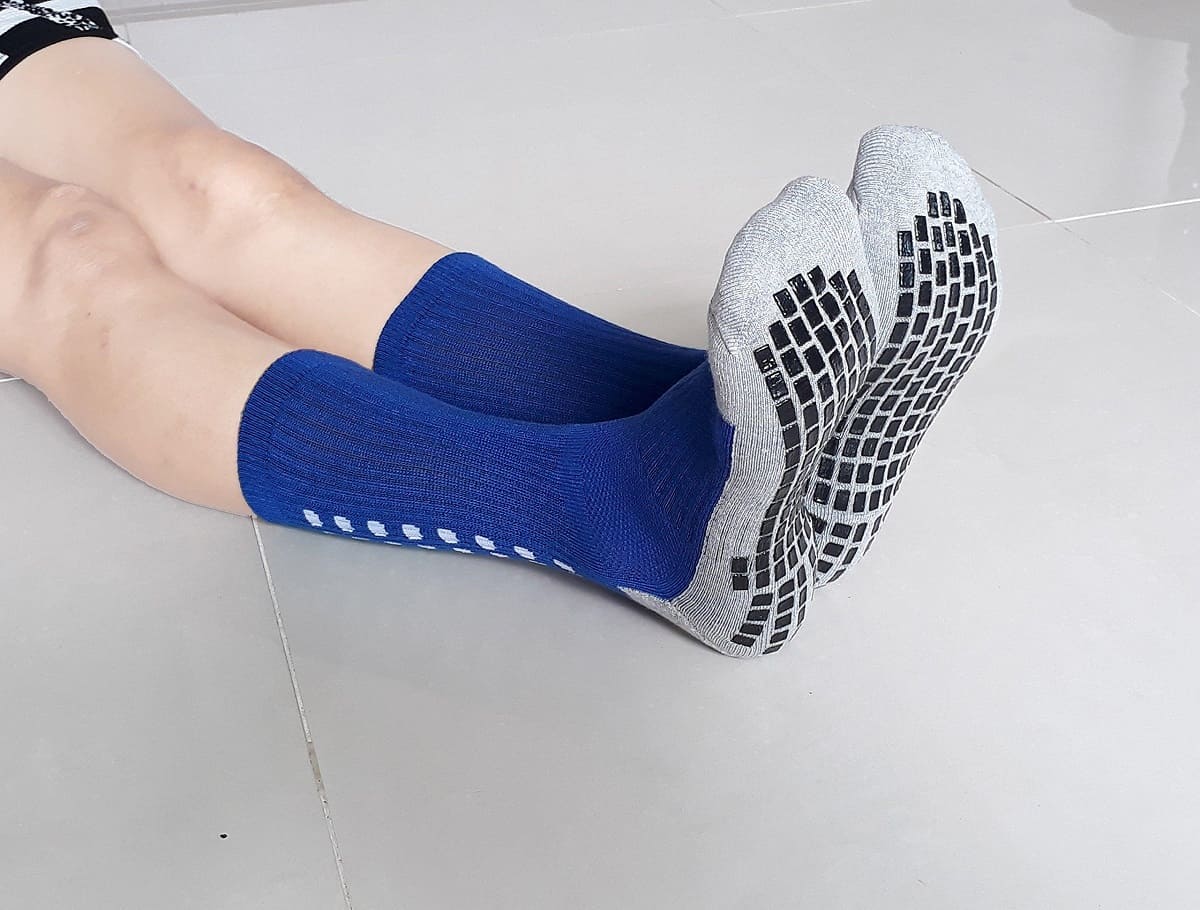
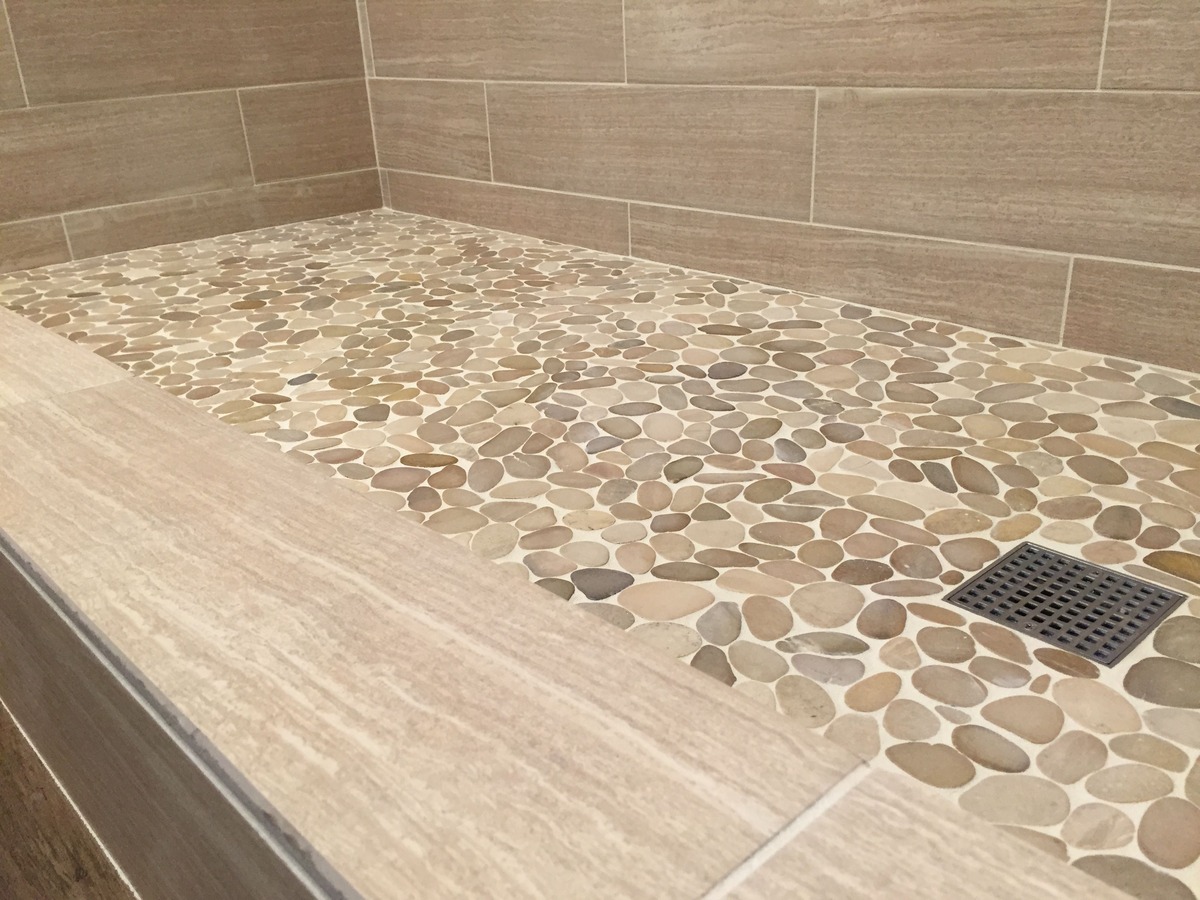
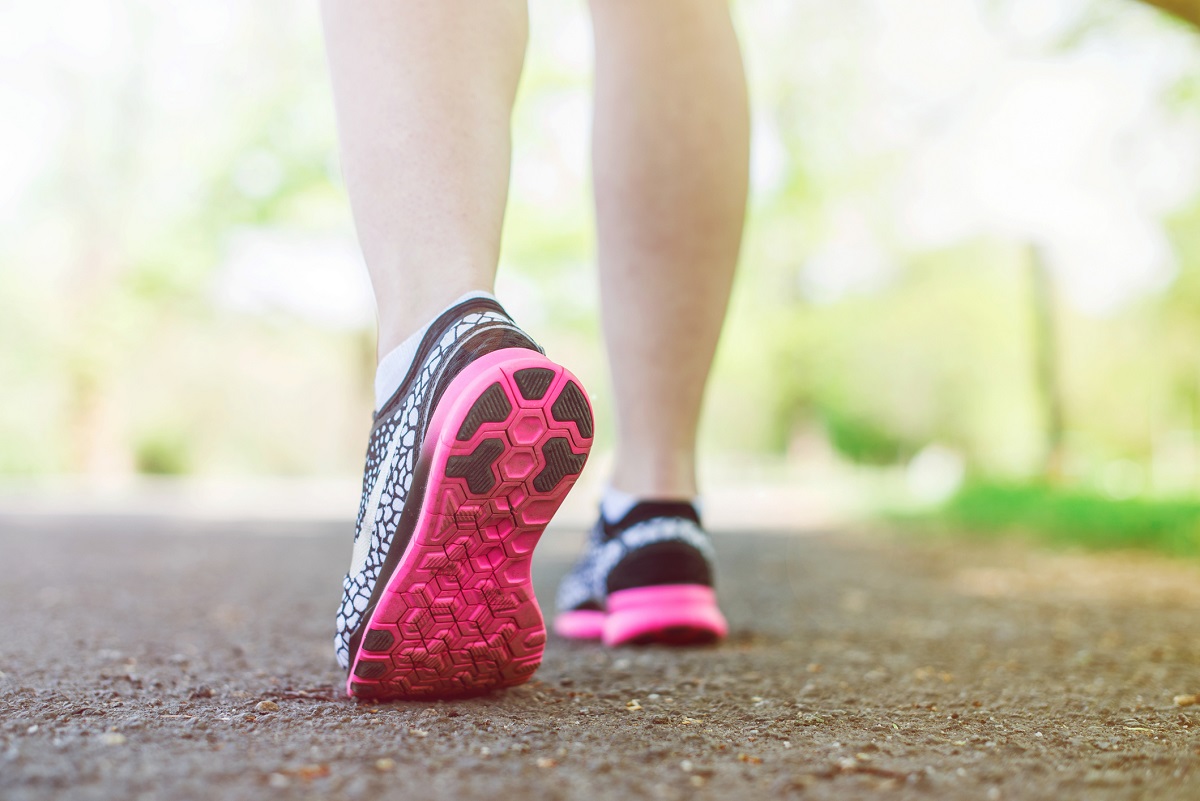
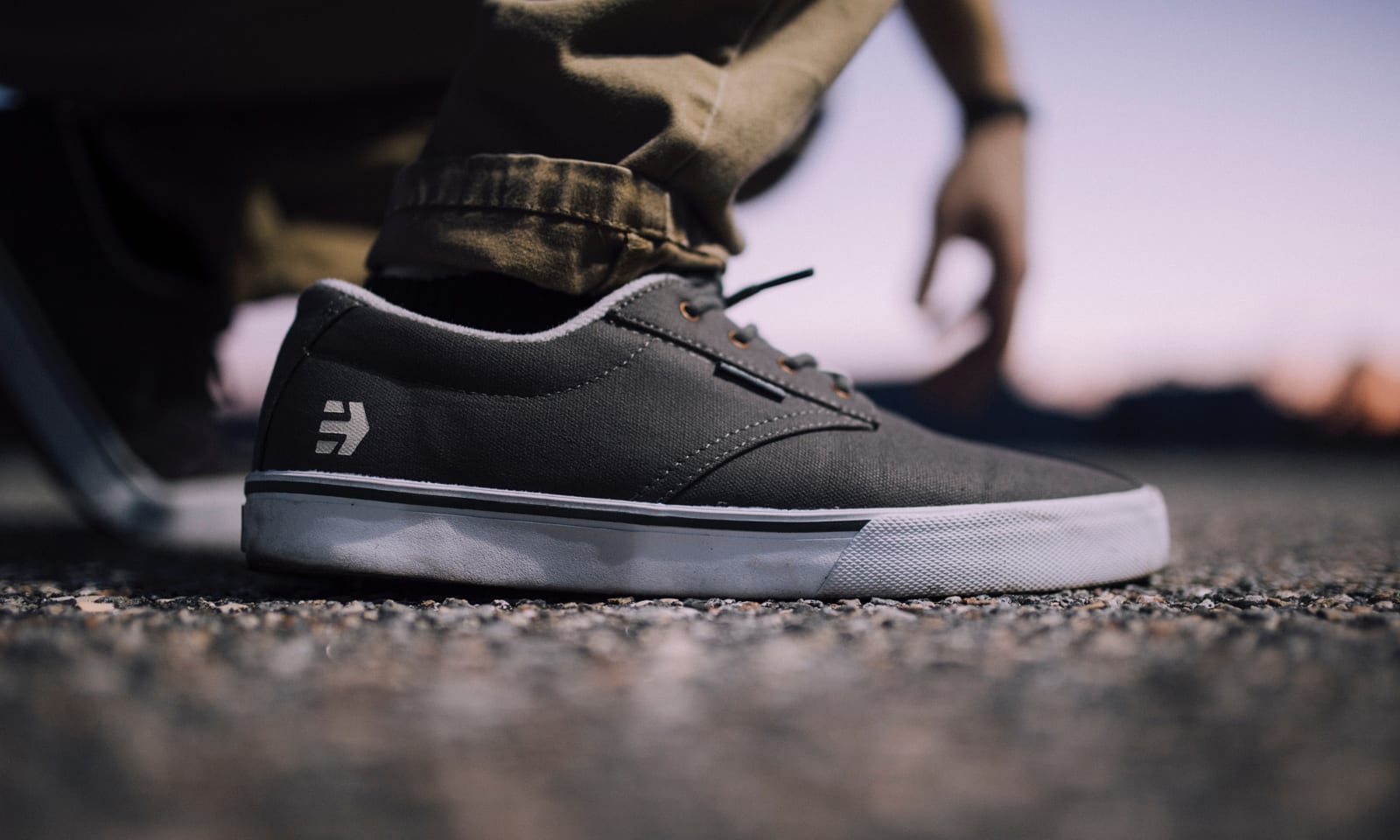
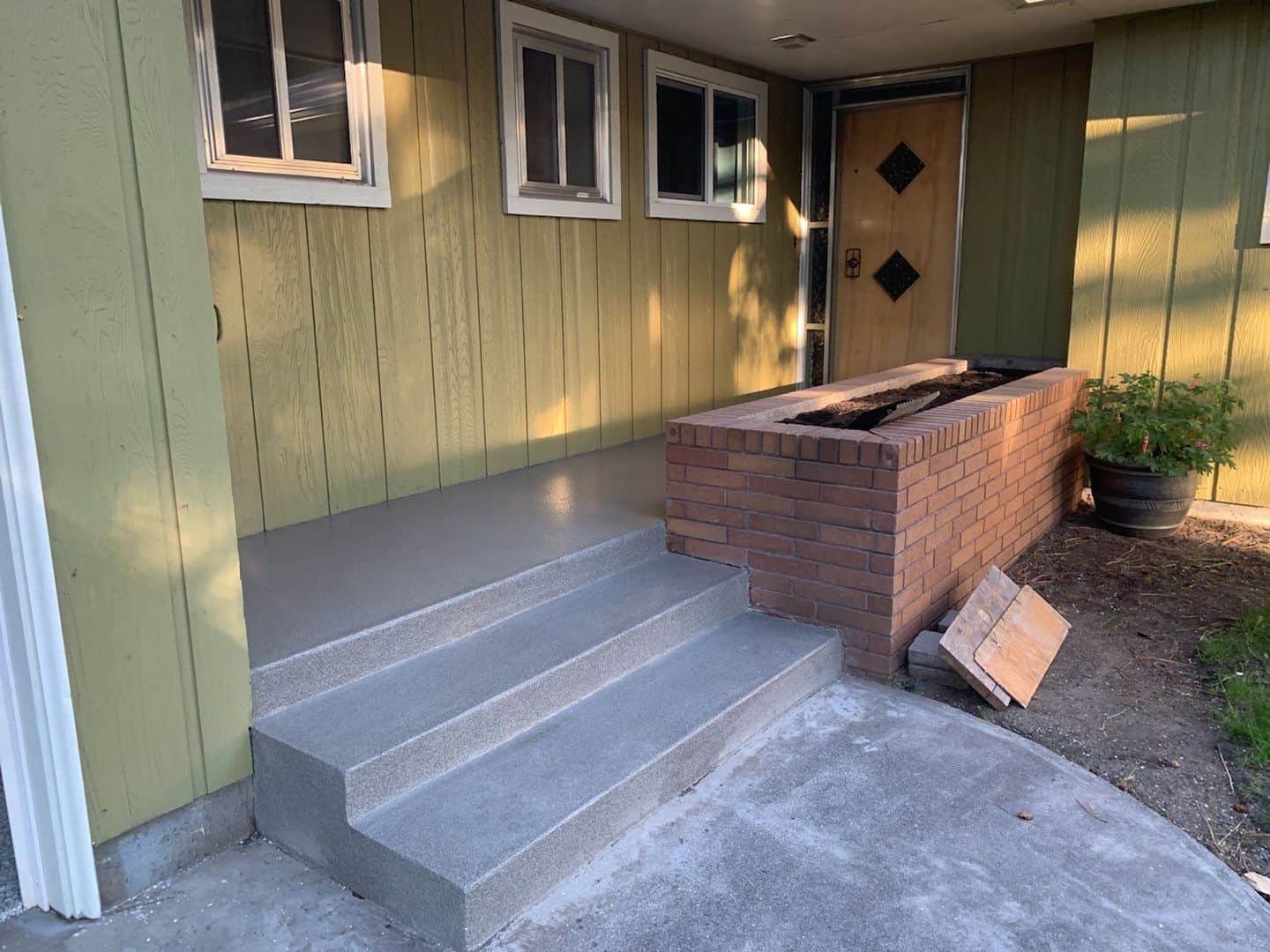
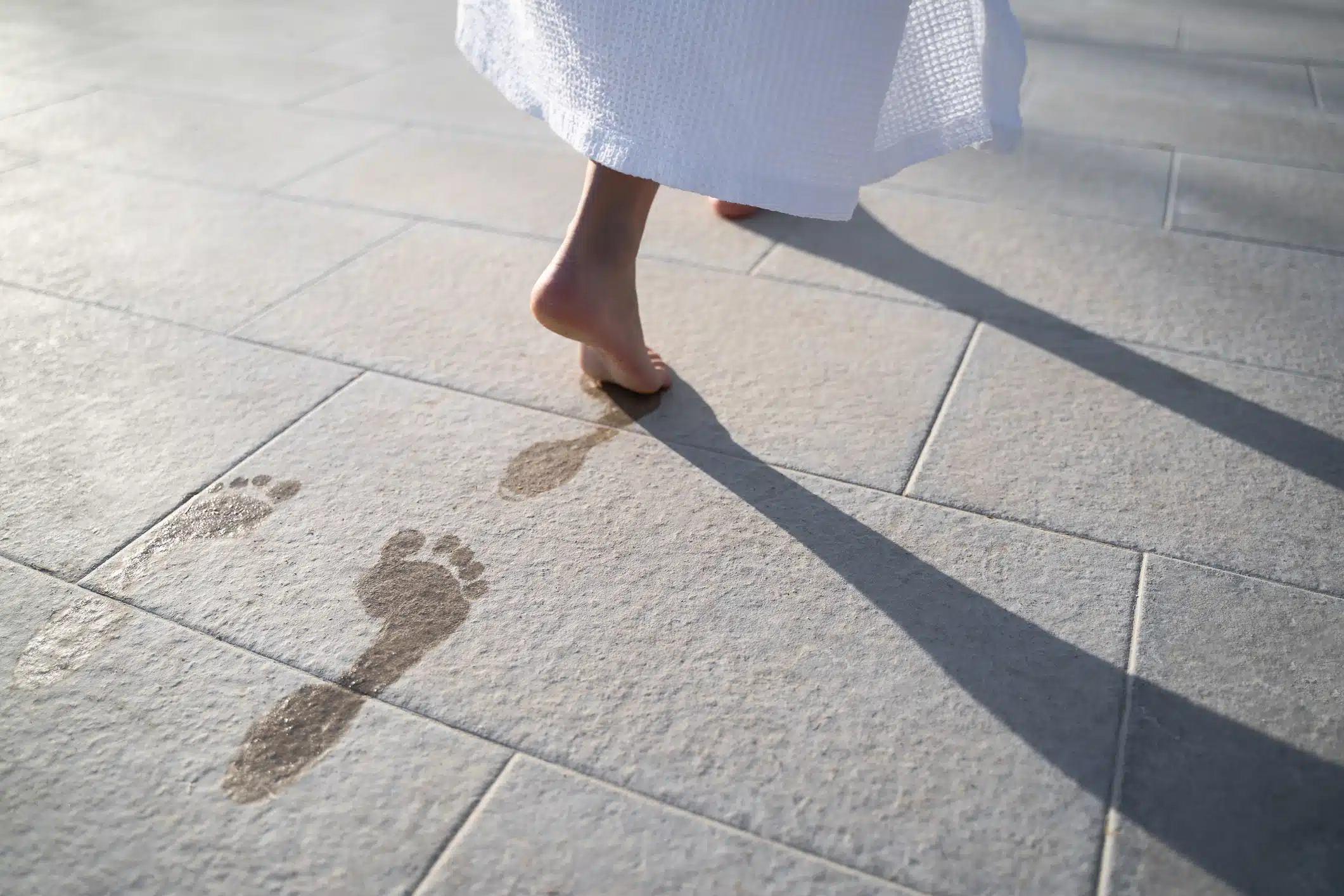

0 thoughts on “How To Clean Non-Slip Floors”